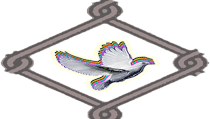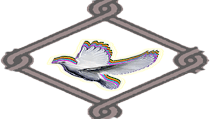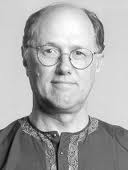FAITH AND REASON NEED NOT BE IN CONFLICT
by
George Wolfe
When I was in grade school, my father was not a regular churchgoer. Yet I remember him watching a weekly television show featuring the popular Roman Catholic clergyman Fulton J. Sheen. In his sermons, Bishop Sheen often spoke about the concepts of faith and reason.
The perceived conflict between science and religion often boils down to a misunderstanding of the relationship between faith and reason. Many of my empirically minded friends view faith as blind acceptance. They see faith as ignoring evidence provided by science.
Ironically, Hindu and Christian scriptures contain passages warning against blind faith, describing many of the spiritual leaders of their day as the “blind leading the blind.”
There is however, a form of faith that is “evidence-sensitive,” which can help us reconcile the perceived conflict between religion and science, faith and reason.
The term faith is more correctly understood as “trust.” We have faith in ideas, in people and relationships that we trust. And trust can only be gained through experience and by questioning and thinking deeply.
This kind of Faith often begins with intuition and insight and deals with circumstances that are as yet unseen. The Canadian physician and stress researcher Hans Selye, who was nominated several times for the Nobel Prize, is also remembered for his book From Dream to Discovery: On Being a Scientist. In Chapter 2, he defines intuition as: “the unconscious intelligence that leads to knowledge without reasoning or inferring. . . . It is the flash needed to connect conscious thought with imagination.”
Selye goes on to include examples of how many solutions to problems sought in the laboratory have been triggered by subjective insight. One intriguing example recounted by Selye is Otto Loewi’s famous experiment that revealed how nerve impulses are chemically transmitted. The design for Loewi’s experiment came to him in a dream.
After reading this section of Selye’s book, it occurred to me that Albert Einstein’s ideas about gravity could not initially have come from observation. Einstein explained gravity as the warping of space caused by the mass of an object. Warped space cannot be seen, nor is it an idea that seems “rational.” Only years later would his insight be verified by measuring how a star’s light was bent as it passed near the sun during a solar eclipse.
In the spring of 2011, I spoke on a panel at the International Conference of World Affairs in Boulder, Colorado. The topic for discussion was “Defining Faith.” As a panelist, I explained the relationship between faith and reason using the metaphor of marriage.
When a couple decides to make a life-long commitment, that decision, either consciously or unconsciously, is based on both faith (trust) and reason. No matter how well you know the person you are about to marry, you cannot know them well enough to predict with certainty, what they will be like 10 or 20 years hence. To make that kind of a long-term commitment requires faith, but such faith is not devoid of reason.
One must apply reason to assess the integrity and sincerity of one’s potential spouse. That assessment is an evaluation based on our experience with that person and knowing them on a deep level. One then takes what is called in religious circles a “leap of faith.” We leap into a realm of future, and to some degree unknown, possibilities. It is a process I call informed surrendering.
The decision to marry someone, like Selye’s examples in his book, shows there need not be conflict between faith and reason. Reason requires intellect; faith requires insight. A life of faith is a life of informed surrendering, a blending of predictability with uncertainty and trust.
All significant, long-term decisions must incorporate both faith and reason in order to make judgments that are meaningful and well informed. Applied together, faith and reason compliment each other and result in a viewpoint that is informed, illuminating and wise.
George Wolfe is the Coordinator of Outreach Programs for the Ball State University Center for Peace and Conflict Studies. He also chairs the Muncie Interfaith Fellowship and is the author of the soon to be published book Meditations on Mystery: Science, Paradox and Contemplative Spirituality.



